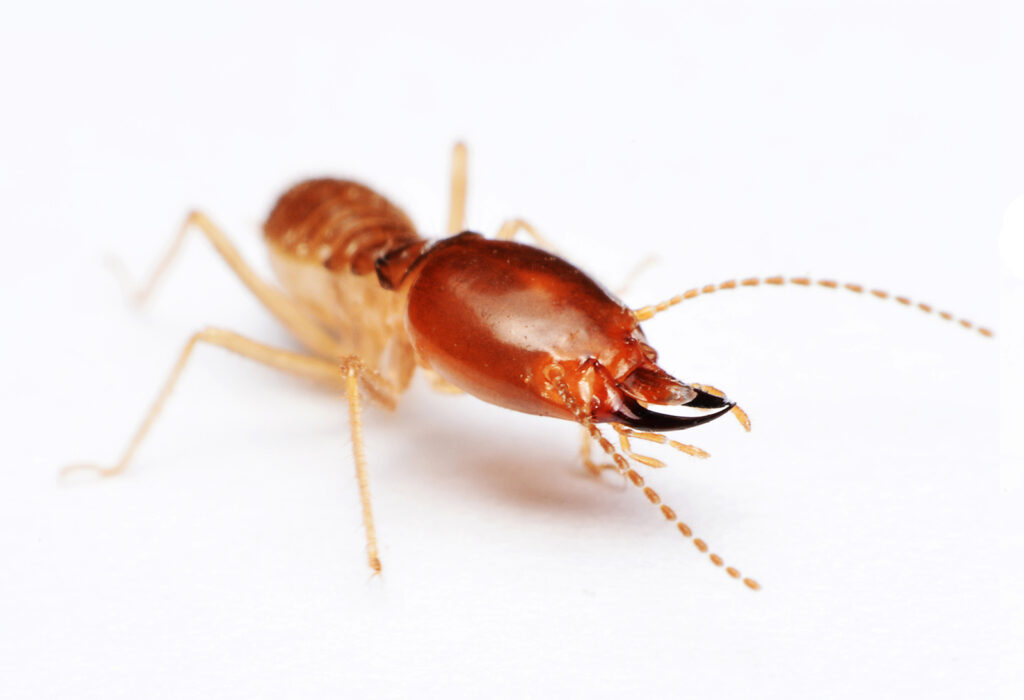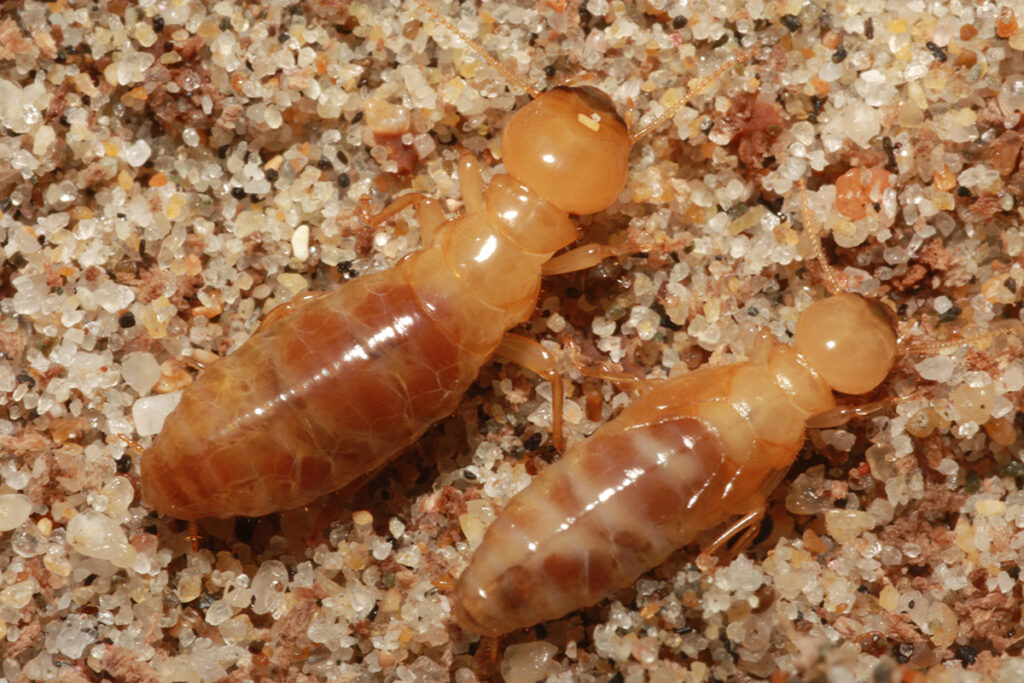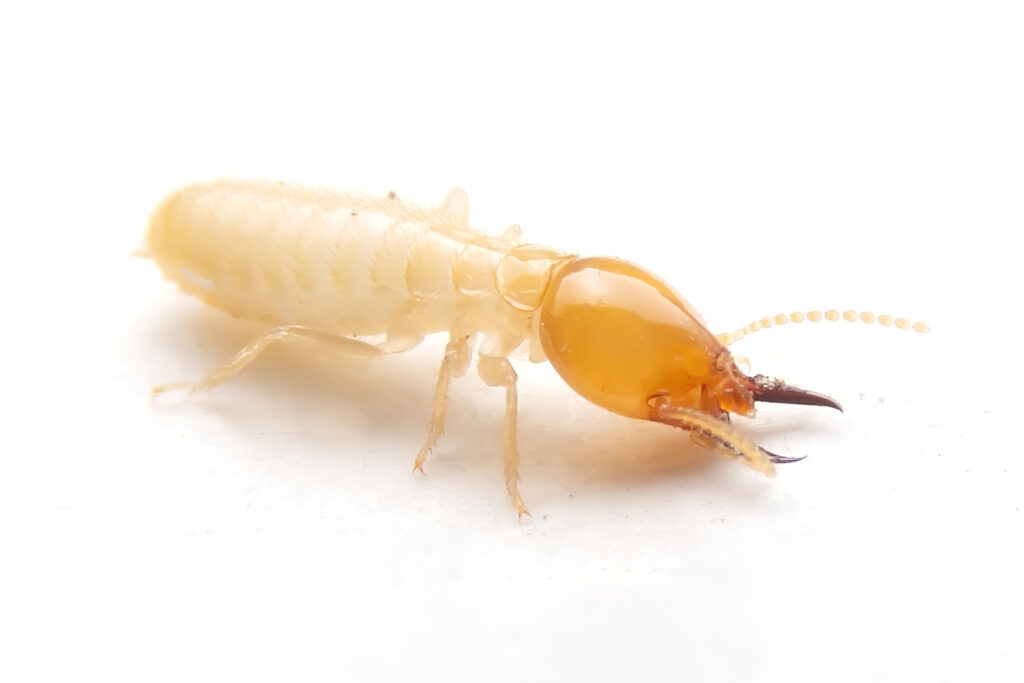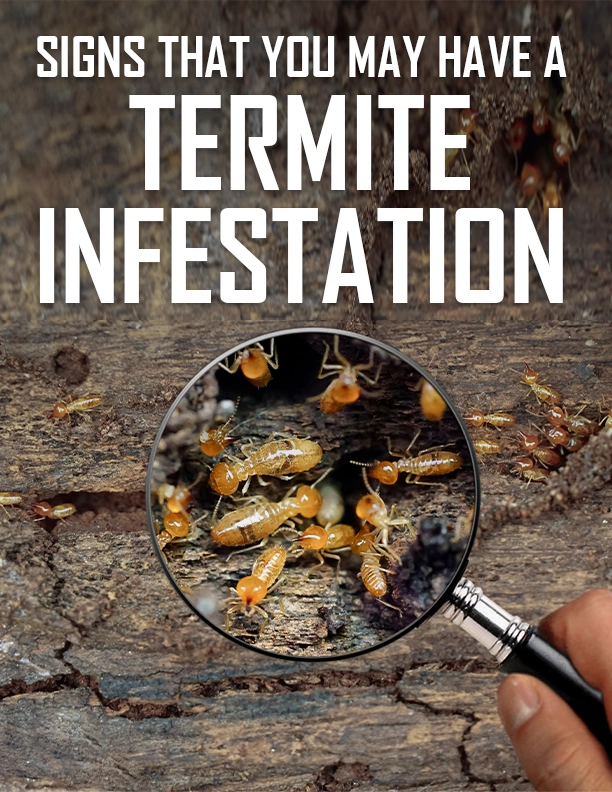
Signs That You May Have a Termite Infestation
Termites are notorious for their ability to inflict significant damage to wooden structures before their presence is even detected. As a homeowner, you may already be aware of the potential risks termites pose. Recognizing the early signs of an infestation can save you from costly repairs and structural damage. This comprehensive guide will explore the common indicators of a termite infestation.
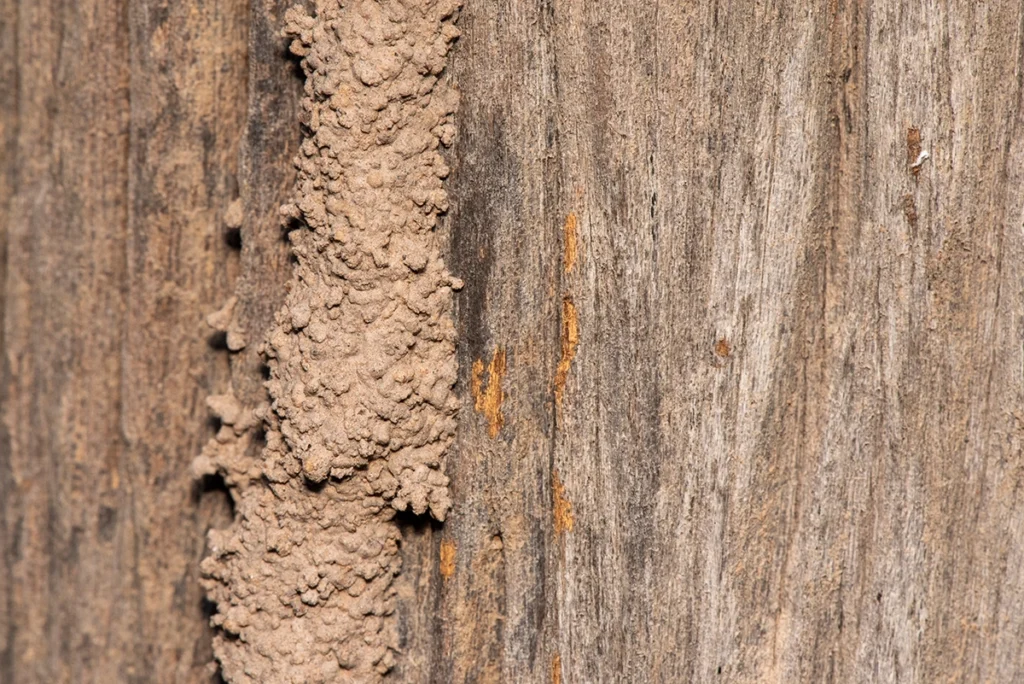
Mud Tubes: The Telltale Pathways
One of the most distinctive signs of a subterranean termites is mud tubes. These tubes are pencil-thin pathways constructed from soil, wood particles, and saliva. They allow termites to travel between their colony and food sources while avoiding predators. Mud tubes can be found along a home’s foundation, in crawl spaces, and other wooden structures. If you notice any mud tubes, it’s a clear sign that you need to take action.
What Should You Do?
If you find mud tubes, it’s essential to avoid breaking them apart. Instead, contact a professional to assess the situation and determine the appropriate treatment. Removing the tubes without treatment may cause the termites to create new pathways elsewhere.

Discarded Wings: Evidence of a Recent Swarm
Termite swarmers, or alates, are winged reproductive termites that emerge in large numbers to mate… and establish new colonies. After a successful mating flight, they shed their wings. Piles of discarded wings near windowsills, doors, or other entry points can indicate a recent swarm. These wings are often similar in size and shape, and their presence should raise a red flag for potential infestation.
What Should You Do?
If you discover discarded wings in or around your home, it’s crucial to act quickly. Contact a pest control expert to conduct a thorough inspection and confirm whether a termite colony is nearby.
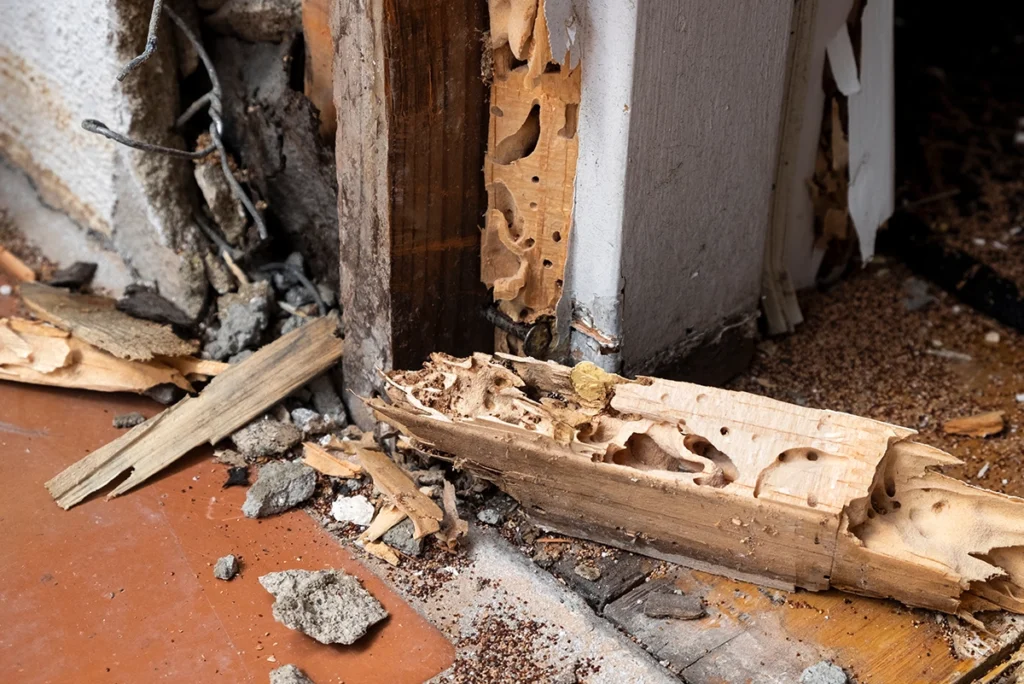
Wood Damage: The Hidden Destruction
Termites feed on wood from the inside out, leaving only a thin veneer or a hollow shell. This damage can cause the wood to blister or darken, and you may notice a hollow sound when tapping on a wooden surface. Unfortunately, by the time the damage becomes visible, the infestation may be well-established.
What Should You Do?
To prevent extensive damage, inspect wooden structures, such as beams, flooring, and furniture. If you notice any signs of damage, contact a professional immediately to assess the extent of the infestation.
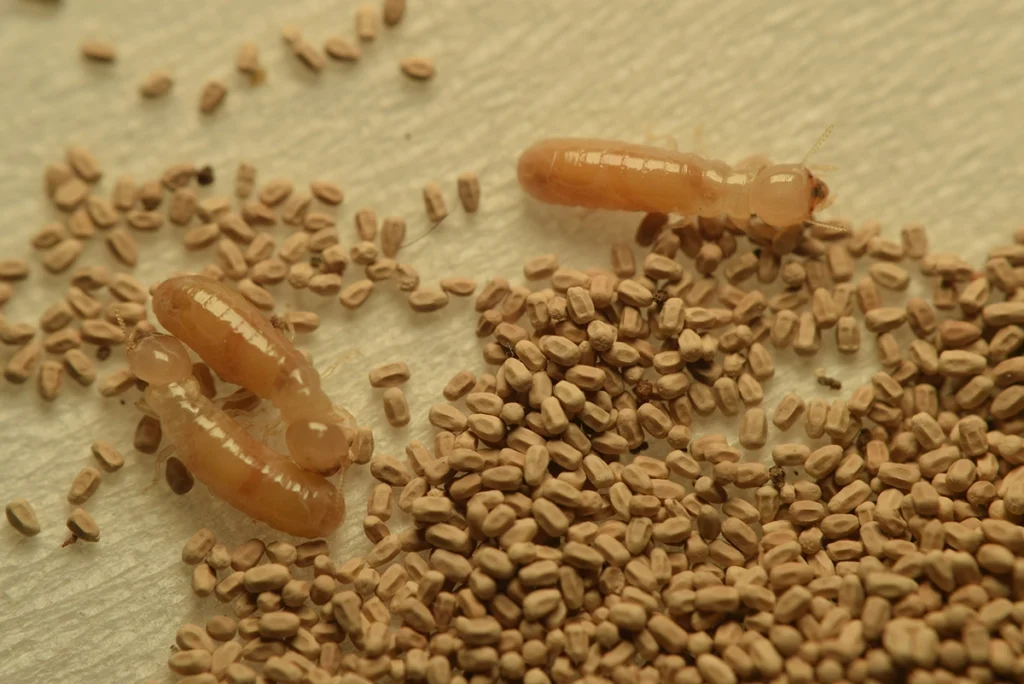
Frass: The Droppings of Destruction
Drywood termites produce droppings known as frass, which resemble tiny pellets or sawdust. These droppings can accumulate near baseboards, windows, or other wooden structures. Unlike subterranean termites, drywood termites do not require soil contact, making them even more challenging to detect.
What Should You Do?
If you find frass around your home, it’s essential to have a professional inspect the area. Drywood termite infestations can be particularly challenging to treat, often requiring fumigation or localized treatments.

Swarmers: The Pioneers of New Colonies
Seeing a swarm of winged termites inside or near your home is a strong indicator of an infestation. These swarmers are often attracted to light, so you might notice them near windows or light fixtures. A termite swarm typically occurs during warm, humid conditions, usually in the spring or early summer.
What Should You Do?
If you witness a termite swarm, it’s crucial to take immediate action. Document the location of the swarm and contact a pest control professional to conduct a thorough inspection.

Tight-fitting Doors and Windows: A Sign of Warped Wood
Termite damage can cause wood to warp, making doors and windows difficult to open or close properly. This warping occurs as termites consume the wood, compromising its structural integrity, causing it to bend or swell.
What Should You Do?
If you notice tight-fitting doors or windows, inspect the surrounding wood for other signs of termite activity, such as mud tubes or frass. If you suspect termite damage, contact a professional. Remember there are many other possible reasons why door or window wood might warp.
Paint or Wallpaper Damage: A Surface Level Indicator
Termites tunneling near the surface can cause bubbling or peeling paint and wallpaper. As they consume the wood beneath, the surface materials may lose adhesion and begin to blister or peel. This damage can often be mistaken for water damage, so it’s essential to investigate.
What Should You Do?
If you notice paint or wallpaper damage, inspect the area for other signs of termites. If termites are the culprit, contact a pest control professional to evaluate the extent of the infestation.
Small Holes in Drywall: Tiny Gateways for Termites
Termites can create small pinholes in drywall as entry or exit points. These holes are often difficult to detect. Inspect your walls for any signs of damage, especially if you live in an area prone to termite activity.
What Should You Do?
If you find small holes in your drywall, have a professional inspect the area.
Structural Damage: The Consequences of an Ignored Infestation
Severe termite infestations can lead to significant structural damage, such as sagging floors, ceilings, or walls. In extreme cases, the damage can compromise the safety of your home. This, of course, can lead to costly repairs and potential safety hazards.
What Should You Do?
If you suspect that termites have caused structural damage, it’s essential to address the problem immediately. Contact a pest control expert to evaluate the damage and recommend a treatment plan. Additionally, consult a structural engineer or contractor to assess the safety of your home and determine necessary repairs.

